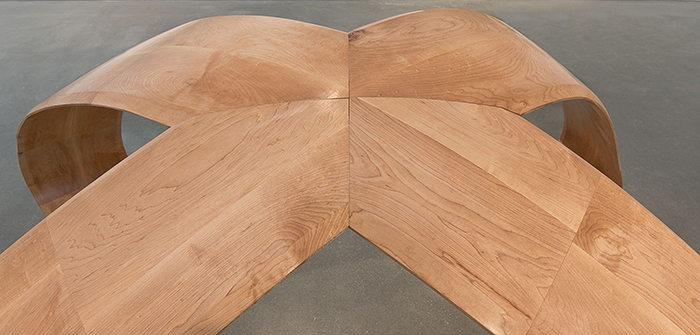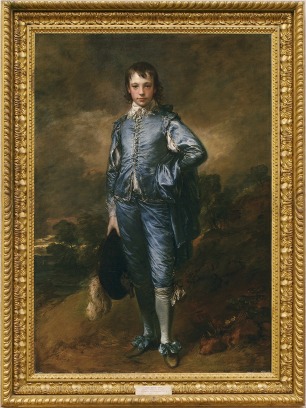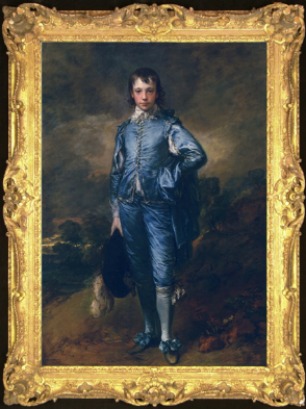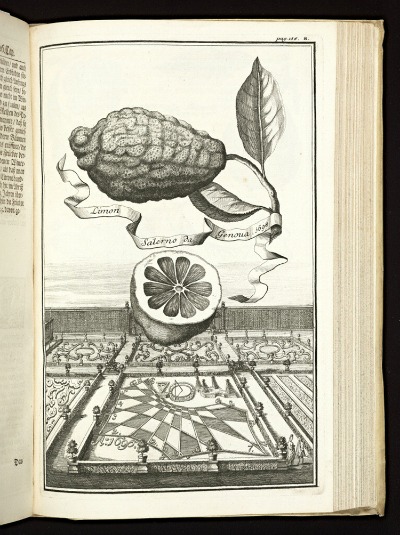Dallas likes to think of itself as an arts city, what with the growing Dallas Arts District, which includes the Dallas Art Museum, the Dallas Symphony Orchestra, the Greater Dallas Youth Orchestra, the Dallas Opera, the Texas Ballet Theaters, and much more.
 But as of Oct. 19, as I mention in an article in today’s New York Times’s special section on Fine Arts and Exhibitions, it has busted out of those confines because of the Nasher Sculpture Center’s 10th anniversary exhibition — called Nasher Xchange, partly as a pun on the Roman numeral. Instead of celebrating on its own premises, the Nasher has commissioned 10 sculptures for its show and placed them all over the city, as I say in In Dallas, 10 Sculptures for 10 Years. Further, in all but one case the participating artists worked with local communities, which is also signaled in that title.
But as of Oct. 19, as I mention in an article in today’s New York Times’s special section on Fine Arts and Exhibitions, it has busted out of those confines because of the Nasher Sculpture Center’s 10th anniversary exhibition — called Nasher Xchange, partly as a pun on the Roman numeral. Instead of celebrating on its own premises, the Nasher has commissioned 10 sculptures for its show and placed them all over the city, as I say in In Dallas, 10 Sculptures for 10 Years. Further, in all but one case the participating artists worked with local communities, which is also signaled in that title.
The Nasher came up with this idea because, as Jeremy Strick, the Nasher’s director, told me, “Some of the most interesting work being produced today is for the public sphere and therefore by definition doesn’t fit into the context of a museum or even in our garden.” It’s also a link back to Ray and Patsy Nasher’s history with sculpture, as you’ll see in the article. Plus,
He and his curatorial team selected artists whose approaches were varied enough to make “Nasher Xchange” tantamount to a survey of contemporary public sculpture. “With 10 works you can’t cover it all,” he admitted, “but you can begin to suggest the range.”
 Rochelle Steiner, former director of the Public Art Fund in New York and former dean of (now professor at) the Roski School of Fine Arts at the University of Southern California, was one of a couple sources who told me she had heard of other places who’d like to have city-wide sculpture exhibitions. Of course, some, like those in Munster and Munich, already exist.
Rochelle Steiner, former director of the Public Art Fund in New York and former dean of (now professor at) the Roski School of Fine Arts at the University of Southern California, was one of a couple sources who told me she had heard of other places who’d like to have city-wide sculpture exhibitions. Of course, some, like those in Munster and Munich, already exist.
But back to my lead paragraph, above. Last winter, when the Nasher center announced the exhibit, the city’s mayor, Mike Rawlings said “We’re closer than ever in Dallas to becoming that international arts city that we want to be. Believe me, the world is watching.” And he also said that Nasher Xchange would “challenge us to rediscover, reconsider and reclaim our city.”
At the time, the Dallas Business Journal also said that “Rawlings cited benefits of art, ranging from the ability of sculpture to inspire and define public spaces to fueling growth, stimulating tourism and encouraging companies to relocate. Rawlings said he believes great art and great business go hand in hand. He said the public art program will touch all corners of the city.
I never like to put that burden on art, no matter how true it is — but I can’t  help wishing that Rawlings’s comments would find their way into the ears of Kevyn Orr and his bankruptcy team in Detroit.
Photo Credits: Courtesy of the Nasher Sculpture Center; Liz Larner’s X at right




